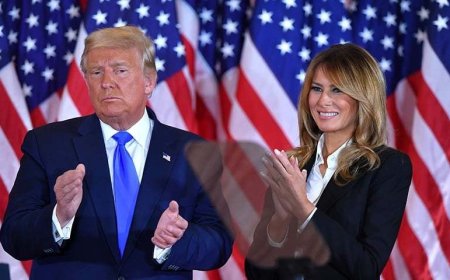U.S. Jobless Claims Drop Unexpectedly, Easing Concerns About Labor Market Stability
U.S. jobless claims fell more than expected last week, easing fears about a weakening labor market. Learn how this drop, coupled with cautious hiring trends and potential Federal Reserve rate cuts, could impact the U.S. economy

The number of Americans filing for unemployment benefits dropped more than expected last week, offering some relief amid worries about the job market's stability. This decline suggests that concerns about a sharp downturn in employment may have been exaggerated.
For the week ending August 3, new applications for state unemployment benefits decreased by 17,000, bringing the seasonally adjusted total to 233,000, according to the Labor Department's latest report. This is the largest drop in nearly 11 months, and it exceeded the expectations of economists polled by Reuters, who had predicted 240,000 claims.
The job market, while showing signs of slowing, has remained somewhat resilient. Although claims have been on the rise since June, much of this increase is due to temporary factors like shutdowns at car manufacturing plants for retooling and disruptions caused by Hurricane Beryl in Texas. These factors have caused some instability in the data, making it harder to get a clear picture of the job market’s true condition.
Despite these recent changes, layoffs have remained low. In June, government data showed that the rate of layoffs was the lowest it has been in over two years. This suggests that, even though hiring has slowed, the job market is still holding up. The slowdown in hiring is largely due to businesses being more cautious, partly because of the Federal Reserve’s interest rate increases in 2022 and 2023, which have slowed down demand in the economy.
The Federal Reserve has kept its benchmark interest rate in the 5.25% to 5.50% range since July, but there is growing speculation that it might lower borrowing costs at its next meeting in September. Many are watching this closely, as a rate cut could signal a shift in how the Fed plans to manage the economy.
Adding to the uncertainty, the government’s latest nonfarm payrolls report showed a significant slowdown in job creation for July, with the unemployment rate rising to 4.3%. This has sparked concerns that the job market may be weakening more quickly than expected, leading some experts to believe that the Federal Reserve might need to take stronger action. Currently, interest rate futures suggest a roughly 70% chance that the Fed will cut rates next month, possibly by as much as 50 basis points.
Meanwhile, the number of people continuing to receive unemployment benefits after their first week—a measure often used to gauge ongoing job market strength—increased by 6,000 to a seasonally adjusted 1.875 million during the week ending July 27. This rise could indicate that while layoffs are low, hiring is not keeping up with the number of people seeking jobs.
As we look ahead, the job market will continue to be closely watched by both economists and policymakers. The interaction between interest rates, inflation, and employment will play a key role in shaping the economy in the coming months. Businesses will need to navigate these challenges carefully, as the strength of the job market will be crucial for the overall economic outlook.
The Federal Reserve’s upcoming decisions on interest rates will be significant, not just for the job market but for the broader economy. Any changes will be closely monitored for their impact on growth, employment, and consumer confidence. As the job market continues to evolve, businesses and policymakers will need to adapt to ensure economic stability.
Also Read: SoftBank Announces $3.4 Billion Buyback as Masayoshi Son Targets AI and Semiconductor Investments





























































